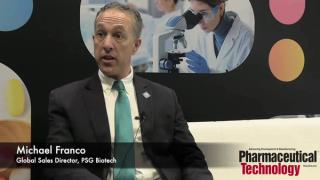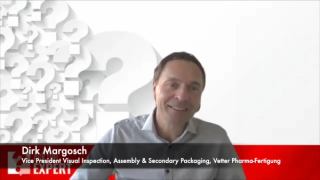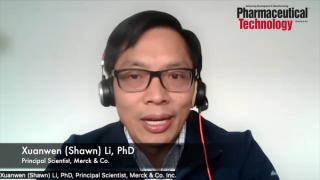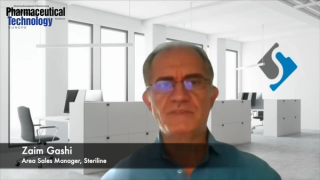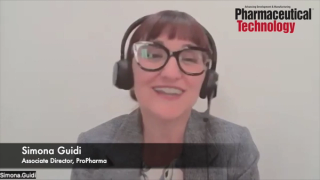
Quality Control/Quality Assurance
Latest News
Latest Videos
More News

Solutions are emerging to manage advanced modalities and evolving regulatory requirements for viral clearance.

This paper highlights considerations based on risk that ensure ongoing success as well as improvement when applying cleaning and decontamination principles for biopharmaceutical cleanroom surfaces.

While global harmonization exists, there are still differences between the US and European GMP requirements that manufacturers should know, says Siegfried Schmitt, PhD, vice president, Technical at Parexel.

This paper outlines a systematic approach to detecting contamination through process deviations, including changes in % dissolved oxygen, pH, and metabolic patterns.

The shift toward personalized medicines poses new challenges in cleanroom protocols.

Susan J. Schniepp, distinguished fellow at Regulatory Compliance Associates, and Rona LeBlanc-Rivera, PhD, principal consultant, Regulatory Affairs at Regulatory Compliance Associates, answer some questions about FDA’s January 2025 21 CFR 211.110 guidance document.
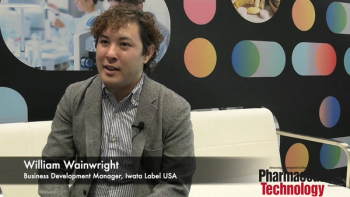
Speaking at INTERPHEX 2025, William Wainwright, business development manager at Iwata Label USA, discusses the practical benefits of functional labels in protecting parenteral drugs.

Officially launched at INTERPHEX 2025, the Omni ASCENT is a next-generation off-site manufactured vertical utility solution that offers optimized cleanroom flexibility and efficiency.

Sherwin-Williams will showcase its advanced coating systems, which are designed to ensure safety, sterility, and efficiency in pharmaceutical manufacturing environments.

FDA is reopening the comment period for the Federal Register Notice, “Evaluating the Immunogenicity Risk of Host Cell Proteins in Follow-on Recombinant Peptide Products: Establishment of a Public Docket: Request for Information and Comments”, until March 3, 2025.

With so many personnel involved in the development and manufacture of pharmaceuticals, proper training of all staff is key to ensuring a quality product.

With this $3.6 million investment, the CDMO will strengthen its advanced labeling, automated visual inspection, and fill/finish technology.

Aseptic fill/finish of biopharmaceuticals requires an understanding of the structure and limitations of each molecule.

In this article, the authors explored the elimination of a water rinse and blow down following the caustic wash step, examining potential safety considerations, the effect on the quality of the cleaning process, and the potential benefit of implementing this change.

CDER’s Jonathan Chapman, senior policy advisor, and Takeda’s Paulien Groll, head of Compliance Excellence, discussed how companies can be proactive with their CAPA strategies instead of reactive, at the 2024 PDA/FDA Joint Regulatory Conference.

Viral vectors and other complex biologic modalities require more specificity and higher sensitivity to detect and distinguish contaminants.

As the field of bioanalytical testing evolves, it is important for drug developers to stay at the forefront of the advancements to ensure they remain competitive.

CGT manufacturing processes need automation as well as standardization, according to Lonza’s Joe Garrity and Jerry Jiang.

Determining E&L risk from single-use components can be used to build the level of extractable profiling and PERLs.

Asking why things are done a certain way will help make an accurate assessment of an organization’s EM program, says Susan Schniepp, distinguished fellow at Regulatory Compliance Associates, and Zachary S. Anderson, global market segment lead—Sterility Assurance, Nelson Laboratories.

Digital transformation is allowing for better handling, analysis, and protection of vast data collection.

A new draft guidance issued by FDA covers human- and animal-derived materials used in the manufacture of advanced therapy medicinal products.

Guidance documents and interaction with FDA can help manufacturers stay in GMP compliance, says Siegfried Schmitt, VP Technical, at Parexel.

The new draft guidance from FDA provides recommendations for sponsor companies on cell safety testing of human-origin allogeneic cells.

This article explores a grouping strategy for therapeutic peptides incorporating theoretical and experimental methodology and results to define a practical and scientifically justified cleaning procedure.







